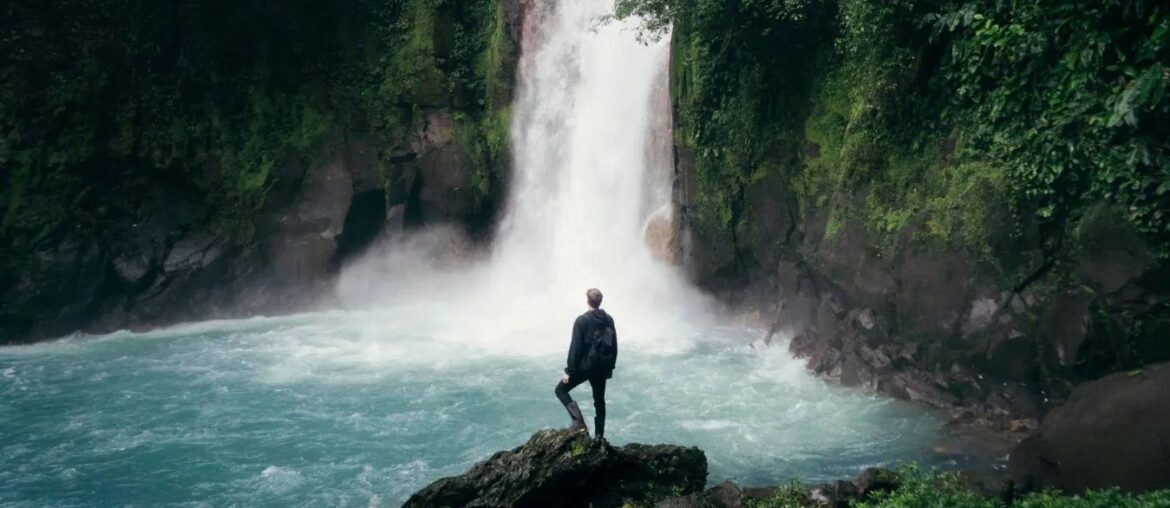Some major sites — and the people who visit them — are becoming more aware of the environmental effect of tourism. Thus, they’re now aiming for ecotourism destinations, especially those in Southeast Asia.
The transition is upsetting certain tourist hotspot traditions. It’s spawned a trend that prioritizes ecologically sustainable outcomes over just ‘experience’ vacationing. Now more people are leaning toward ecotourism as it brings many benefits to sustainable development and the environment.
Choose one of these 7 lesser-known ecotourism destinations in Southeast Asia to kick-start your green practices today.
Leave your worries behind and dive into the endless joy that ecotourism brings.
1. Koh Kong, Cambodia

Cambodia is one of the most popular ecotourism destinations in Southeast Asia. Many tour companies provide guests with a genuine experience and promote the local economy. They buy carbon offsets, employ regionally produced products, and collaborate closely with nearby towns. Villages like Koh Kong have had minimal touch with the outside world for many years.
Visitors can now experience the region’s greatest areas of virgin rain forest, pristine sand beaches and pure seas. They can also sightsee dozens of vulnerable species, including endangered Asian elephants and tigers. Furthermore, the province also offers improved roads, political stability, and new Western-run lodgings.
2. Mount Purro Nature Reserve, Philippines

Mount Purro Nature Reserve is tucked away in the Sierra Madre Mountain Range’s foothills. With this, it provides a welcome respite from the hustle and bustle of city life. It has cool mountain weather, extensive forest paths surrounded by lush tropical flora, and gushing waterfalls. Therefore, it’s the perfect spot for outdoor lovers about an hour from downtown Manila.
Participate in high-octane activities like zip-lining and rope courses, then connect with nature through tree-planting programs. Visitors may also meet the Dumagats, the Sierra Madre Mountain Range’s indigenous peoples. They can learn about their lives and how to light a fire and cook with nothing but wood and bamboo.
3. Luang Namtha, Laos

Green Globe is a corporation that studies the environmental standards of eco-hotels, and the Boat Landing Guest House is one of the finest in Laos. This hotel, located in Luang Namtha, offers riverfront bungalows and links travelers to neighboring protected woods for trekking, riding, and rafting.
A cruise along the wild Nam Tha River is one of the greatest ways to observe the Nam Ha National Protected Area, an ASEAN Heritage Site. Sample delicacies picked from the forest and observe local woodsmen at work to round off your journey in the nearby communities.
4. Khao Kheow Open Zoo, Thailand

Many people don’t like zoos very much; some perceive them as harsh, restricted spaces, while others see them as animal sanctuaries and important tools for conservation and education. The latter includes Chonburi’s Khao Kheow Open Zoo.
As Thailand’s first zoo, it is dedicated to providing a roomy and compassionate habitat for 8,000 animals representing over 300 species, all of whom live in an open-concept, cage-free setting. Many areas of the zoo allow feeding and interaction with the animals, making it a perfect place for families and young children that are interested in ecotourism destinations in Southeast Asia.
5. Taman Negara National Park, Malaysia

The Malayan tigers and the Sumatran rhinoceros call the Taman Negara home, and it is one of the world’s oldest tropical rainforests. The canopy walk, which is the world’s longest canopy walk, hovering 45 meters above the ground, is one of the most fascinating attractions at this eco-travel destination. Jungle safaris, tough climbs, and white water rafting are all available in this destination, which will appeal to adventurers.
6. From Kalaw to Inle Lake, Burma

Follow a local tour for 60 kilometers through Myanmar’s stunning countryside and experience life as a native in one of the best ecotourism destinations in Southeast Asia. As you travel from Kalaw to Inle Lake, you’ll have lots of opportunities to learn about Burmese culture as you pass through tribal communities.
Here, you can enjoy the endless wheat, rice, tea, potato, sesame, and chili plantations, have tea breaks with locals, and spend nights in traditional homestays. And the best part? Each night, when you arrive to your lodging, the homeowners will prepare a feast of farm-fresh local delights to refuel you after a long day of hiking.
EverSmile Trekking Services is a proven and reliable service that continually obtains great evaluations, despite the fact that there are hundreds of firms to select from.
7. Topas EcoLodge, Vietnam

The Topas EcoLodge is a hotel of 22 villas located in the Hoang Lien National Park mountain range north of Hanoi. It is the ideal place to stay for those who want to be environmentally conscious while traveling, and National Geographic named it #1 on their list of “21 Places to Stay if You Care About the Planet.”
In addition, the hotel uses limited resources (such as water and energy), hires locals, and applies sustainable methods in their restaurant and lounge. This makes a notable effort to have the least possible impact on the environment and neighboring communities (their kitchen is locally sourced and has zero waste).
However, their eco-friendly approach does not imply that there will be a lack of things to keep you entertained. The Topas EcoLodge provides local guided hiking and mountain bike tours through the beautiful rice terraces, as well as treks to nearby hill tribal communities and marketplaces.
Conclusion
If you wish to experience authentic nature and culture while supporting conservation efforts and observing wildlife, try these ecotourism destinations in Southeast Asia. You can even get a discounted price for your travel if you use valid coupons on Tenere.
Who knows, you might learn a thing or two when strolling through the magnificent areas of these beautiful destinations. After all, Southeast Asia is one of the most popular regions to visit among many travelers. You won’t regret it.









